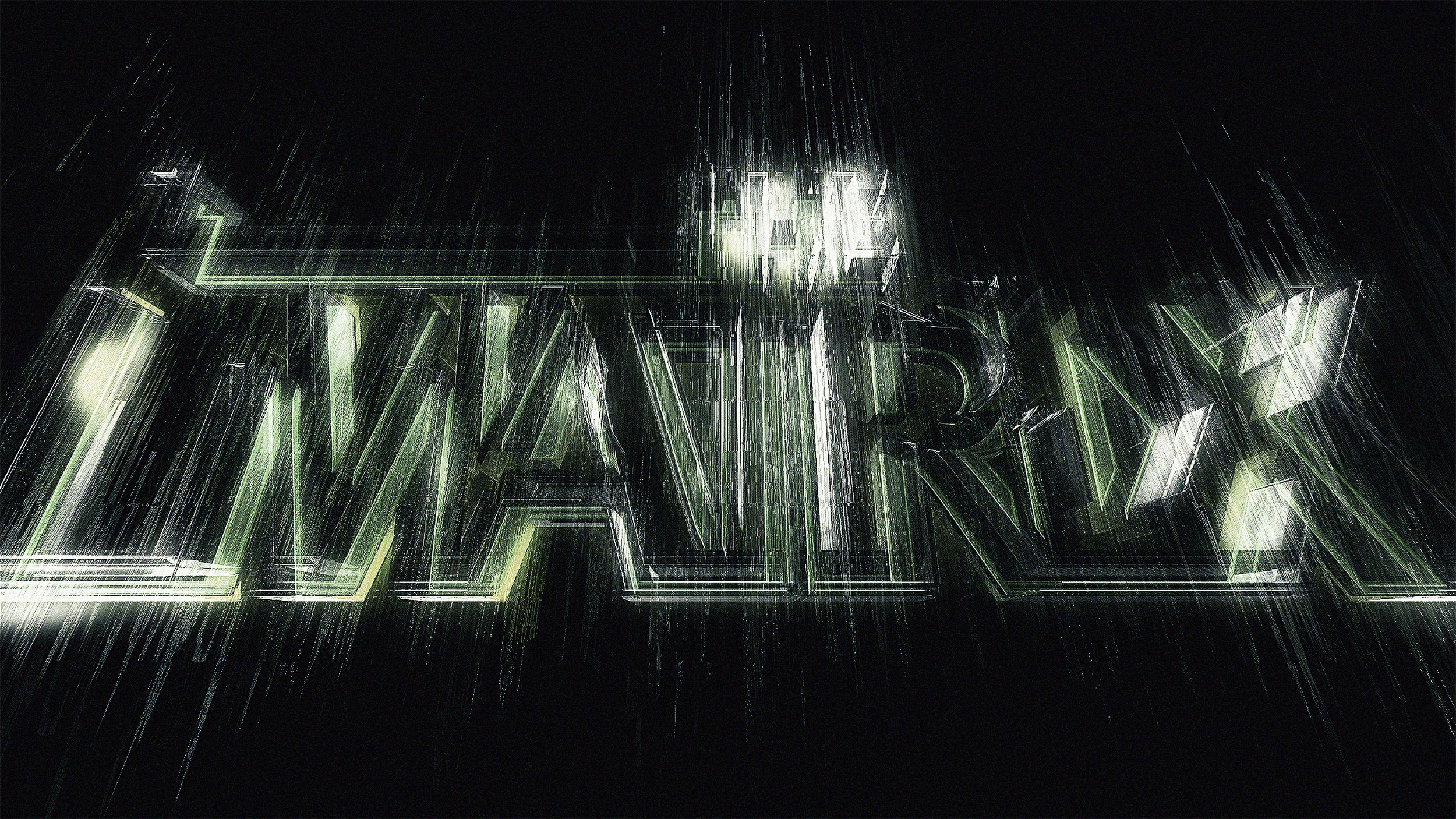In the autumn of 2009, a week after an accident at the office, I was diagnosed with bipolar disorder 1, manic depressive disorder. In hindsight I realized that my creative superpowers were directly related to my ailing mental health. I had been living in this state for 37 years. Somehow I managed to make it this far without any diagnosis, medication, or therapy. So with those three key elements now in place, I’ll thrive and fly again. After 13 years I feel healthy, invigorated, and ready to take the reins of my career again except this time I am going all in on freelance. This way I can better manage my time and more importantly, my mental health. I’ve found that by working 3 months at a time and then taking a break for a month gives me a recharge that makes me stronger and a better human being.
What’s it like being an artist with a mental illness? Do what I did when I was diagnosed years ago and search online for artists, musicians, moguls with mental illnesses. You’ll find out that it’s way more common that most people think. Ernest Hemingway, Jimi Hendrix, Frank Sinatra, Selena Gomez, David Harbour, Carrie Fisher, Buzz Aldrin, Catherine Zeta-Jones, Francis Ford Coppola, Sinead O’Connor, Jean-Claude Van Damme, Mariah Carey, Richard Dreyfuss, Patty Duke, Ted Turner, Sting, Linda Hamilton, Jim Carrey, Halsey, Robin Williams, Theodore Roosevelt, Virginia Woolf, Tim Burton, Paul Dalio, Woody Allen, and some of my dearest family and friends have all struggled with mental health.























































